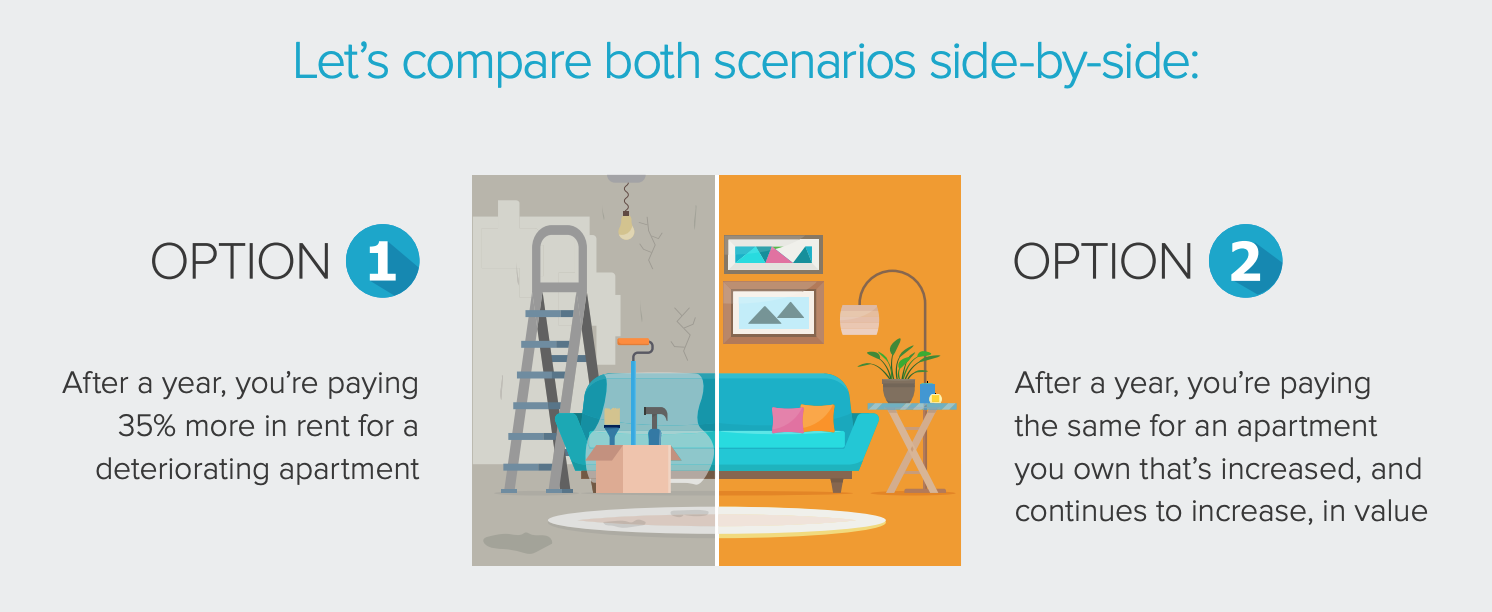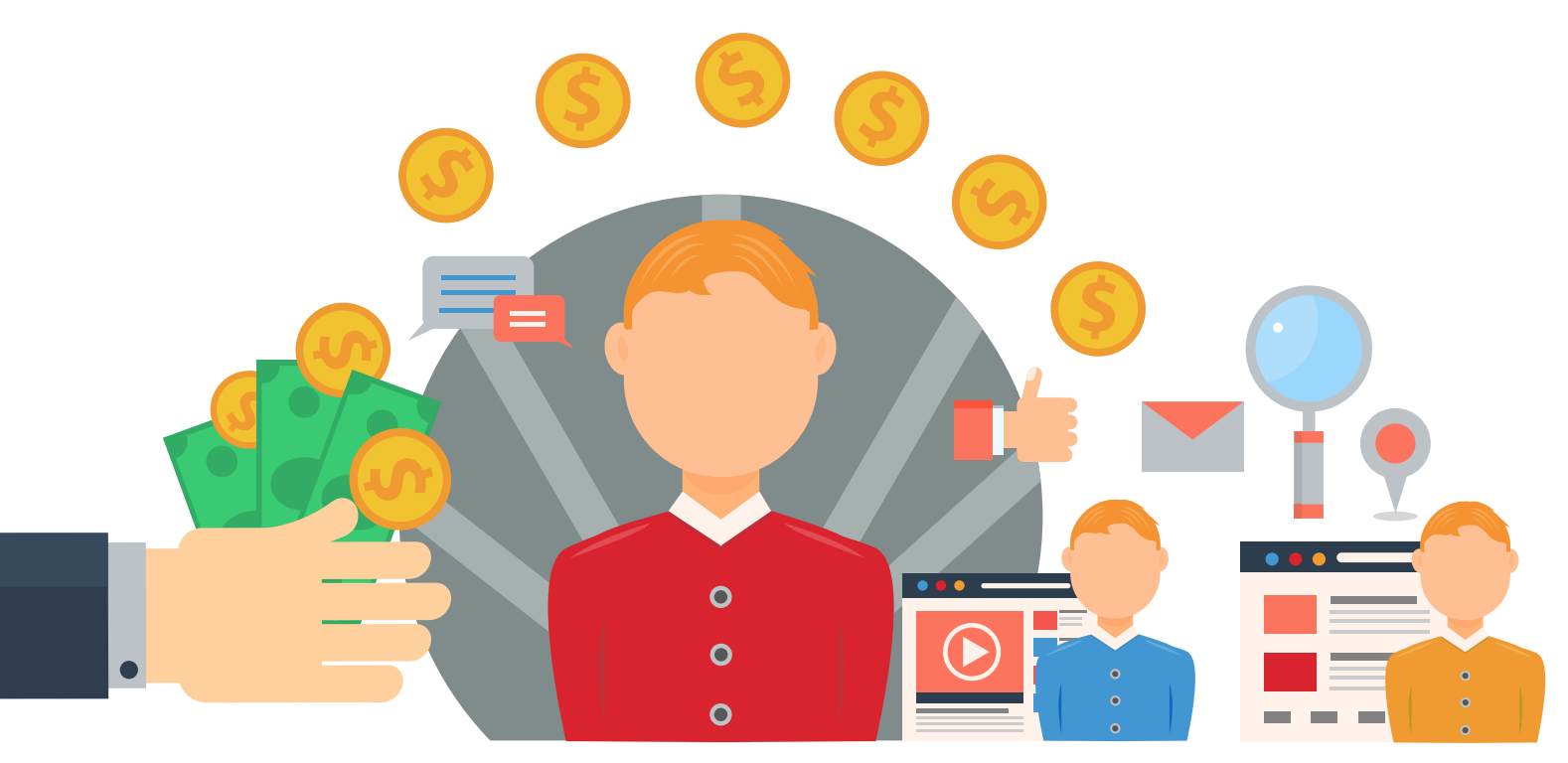Exploring a New Way to Build a Smarter, More Organic Influencer Marketing Strategy
When I talk to marketing leaders about influencer marketing, I get asked fairly frequently about best practices for influencer and affiliate marketing. They want to understand how – and why – a platform like Ambassador is different than modern day influencer and affiliate networks. Rather than get into the technical mechanics here, I’d like to present a hypothetical situation instead.

Let’s say you got a new job in New York City and found a great one-bedroom apartment in Brooklyn. You signed a lease, moved in, and everything was great. You were close to the office, within walking distance to great bars and restaurants, and had lots of friends in your building.
As attentive as the leasing agent was when you were considering renting the apartment, six months in, you can’t get anyone to come fix the inconsistent A/C or the broken garbage disposal. Twelve months in, Brooklyn is growing, real estate demand is booming, and your rent is getting jacked up by 35 percent. And while living there is great – short commute, ideal location, and proximity to friends – you realize you have zero control over the apartment you love…or loved.
Now, let’s consider a different scenario.
You got the same job offer in New York City, but instead of renting that Brooklyn apartment, you decided to buy a smaller apartment with a longer commute. You chose to invest in something more conservative, but you’re also on the HOA board…so you’re in control. After a year of small but steady improvements, you reappraise and realize that your apartment is now worth 20 percent more than what you paid for it.

If you to need to live in NYC, which one makes more sense? That’s how I think about influencer and affiliate marketing. In the coming pages, I’ll break down these approaches, explore the benefits of both (yes, there are some arguments for Option A), and present an argument for how your brand should be thinking about this channel.
Pay to Post: The Dangers of Renting your Influencers and Affiliates
Let’s start by exploring modern day influencers as well as some traditional affiliate networks. As I work through these strategies, I will use influencers and affiliates interchangeably, as the same strategies can be applied for both.

Historically, affiliate marketing has been very transactional. Its success (and cost) has depended on how much a brand is willing to pay a publisher to display their ads. Newer influencer networks are primarily matching algorithms (see “agencies”) that match brands with trusted people (subject matter experts, niche-celebrities) or smaller publishers (bloggers) whose audience is one the brand seeks exposure to and are their most ideal customers.
What’s great about influencer networks: It’s fast, easy, and predictable. The network agency already has access to hundreds, or thousands, of influencers the brand may not even know exist. And, you’ll know how many impressions your ad – or promoted material – will receive. All you have to do is supply content, and sit back and watch the marginal lift in traffic and conversions that quarter.
Who this is great for? Truthfully? Everyone. There aren’t many brands – consumer or commercial – that should shy away from this strategy. As long as your SEO and traditional paid campaigns are humming, this is a great next step in relationship marketing. If the impact isn’t as substantial as you like, your network will match you up with a different influencer, and you can try again. It’s much easier to manage one vendor who then manages multiple influencers and payments, etc. Plus, the affiliates are likely already aware of and signed up for these marketplaces.
What’s the downside? The downside is you’re renting. Your brand, and those influencers, are contractually bound to work through a network that acts as a perpetual middle-man. Maybe you find a great match with a few influencers, but the network has to service the influencer’s best interest equally. So when competitor X shows up offering 20% higher rates to promote their content, you can either pay higher rent or find a new apartment. Your brand doesn’t own that relationship and that influencer’s loyalty lies with the network who’s paying them.
Furthermore, you’re paying for impressions. The influencer generally has no incentive to help drive a prospect to purchase. I will say, this is not exclusively the case. The premium solutions will show you how they attribute conversions and revenue, but remember, you’re still paying to post.
Develop Your Own Influencers: Relationship Marketing is the New Native Advertising
Now, let’s contrast that against how forward-thinking brands are approaching influencer and affiliate marketing today.

Instead of outsourcing their relationship with influencers, brands are spending time identifying and screening potential ambassadors of their brand. They then leverage a platform that ensures complete transparency – for both parties – throughout the lifetime of their partnership. No middlemen means no percentage to middlemen.
And beyond that, successful marketers are running affiliate programs where the promotional material is trackable through the point of purchase, so these brands are rewarding influencers for driving conversions and revenue, not just impressions. This type of marketing channel creates a mutually beneficial relationship for brands and influencers.
[Call out/side bar] Brands across a variety of industries saw an average ROI of $6.85 for every $1 invested in influencer marketing -eMarketer
Who is this great for? Brands that sell direct. If you’re an EOM only and you don’t own the point of sale, then achieving this type of organic, vertical integration can be challenging. However, whether you’re big or small, this type of relationship marketing via influencers all but guarantees a direct path to your most valuable customers and ensures you are rewarding for revenue, not posts.
When you target these types of influencers, it’s also more likely that you’ll be able to build more personal, connected relationships with the individuals — bloggers, experts, etc. — who are behind them, and therefore more loyalty. In fact, according to a recent study by Neilsen, 92% of people say they trust the advice and/or recommendations of their friends and family members, also known as their networks, over any form of advertising. This turns influencer marketing into a channel that’s owned, which gives you more flexibility and control if market conditions change.
Does this Mean Legacy Affiliate Networks & New Influencer Platforms are Broken?
Not at all.
If you’re running a brand like PayPal or Beats by Dre then traditional affiliate networks and access to dozens of micro-influencers at once, are a necessity. Especially in today’s digital marketplace where 22% of customers are acquired through influencer marketing. Consumers visiting those sites are likely aware of your products and services and those timely and targeted impressions can be substantially more impactful than social ads. It is likely those networks fit into your broader paid strategy and your advanced analytics help you make optimizations.
However the concept of renting or owning – or both for those who have the budget and resources – is usually a critical decision for most brands who want to truly leverage influencer and affiliate marketing.. So, here are a few questions worth asking:
- If competition for the affiliate audience you’re targeting increases, are you prepared to pay the increased cost that will come with that competition? This is no different than if your landlord decided to hike up your rent. If you can afford the CPM inflation, and are happy with impressions, then great. But if not, how do you plan to mitigate a drop in traffic when that part of your budget is not getting used?
- What ancillary benefits do you want from affiliates and influencers? If you own the relationship, these people or publishers can provide feedback on new product development, and help with dynamic marketing initiatives like social challenges, experiential, events, etc.
- Does it make more sense to fish where the fish are? Building loyal relationships with micro-influencers who are most closely aligned with your brand likely won’t drive a 30% lift in monthly uniques, but this approach often allows you to attract higher quality customers who not only make a purchase, but also spend more over time and then recommend your brand to others (assuming you have a customer facing referral program). You can spend time ensuring their audience is exactly the same as yours, and not rely on loose demographic information.
- Quality or quantity? Assuming you view relationship marketing as a long-term piece of your marketing and growth plans, you’ll want to learn more about these influencers. Like what else they promote and what they actually think of your brand. God-forbid they actually promoted their political or social ideals, in stark contrast to your brand, right next to a post about your products. Further, would you rather reward for revenue generating actions (quality) or a ton of traffic (quantity). Which brings us to the most important question to ask yourself…
- What KPI are you hoping to effect? We ask this question to every brand we work with, and the response is surprisingly “we’re not sure”. If it’s “awareness”, “engagement”, “web traffic”, or “free app downloads”, than traditional affiliate networks and newer influencer marketplaces are the best fit for them. If your answer is “new customers”, “revenue”, “lower CPA”, or “higher LTV” – or for B2B brands “faster sales cycles” or “higher close rate” – than organic programs you control are the proven way to go.
Having said all that, if you have the budget to do both, then there is little downside to actually investing in both strategies. These are highly effective ways to impact different parts of the funnel.
What next?
As we head into the future, there are new influencer and affiliate networks popping up every day, and the established platforms are only getting larger. Before you sit through 13 different sales presentations, determine what’s important for your brand and which KPI’s have the biggest opportunity for improvement. Answer question #5 and you’ll know which route to take – rent or own – then you’ll know what vendors to start interviewing.
